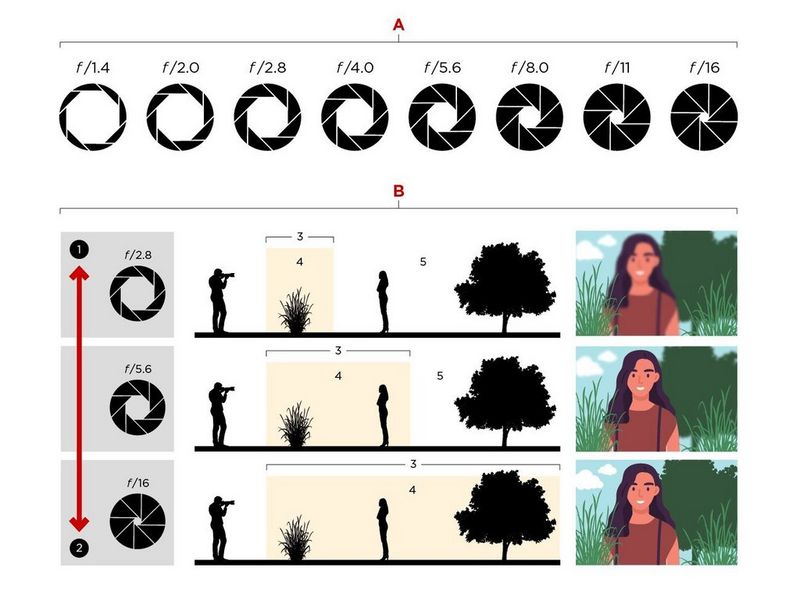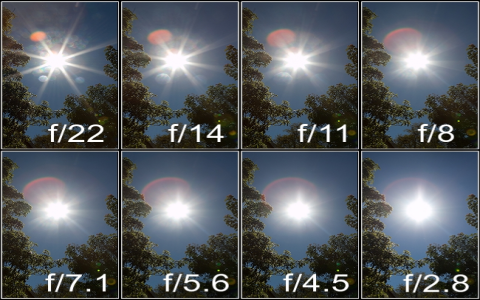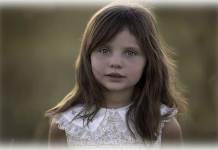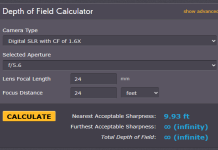The other day I was out shooting some pics, and I started messing around with my camera settings. I got to thinking about aperture and how it affects my photos. You know, that hole in the lens that lets light in? The bigger the hole (wide aperture), the more light gets in, and the shallower the depth of field, which means you get that blurry background. The smaller the hole (narrow aperture), the less light, and more of the image is in focus.

So I wanted to see for myself, what the side effect was when the aperture is wide closed, which is narrow. I set my camera to aperture priority mode, which lets me control the aperture while the camera figures out the shutter speed and ISO. Then, I dialed the aperture all the way down to f/22, the smallest setting on my lens. I figured I will try it with the smallest one.
My Little Experiment
- First, I took a picture of a flower about a foot away. With the narrow aperture, I noticed right away that the image was pretty dark. The camera automatically adjusted the shutter speed to be really slow, like 1/2 second, to let in enough light. I had to hold my breath to keep the camera steady!
- Then I took another shot of a landscape scene with some trees and a building in the distance. With f/22, everything was in focus, from the grass in the foreground to the clouds in the sky. But again, the image was darker than I expected. And the slow shutter speed made it hard to get a sharp image without a tripod.
- Just for fun, I took some street photos with the narrow aperture. I found that I could get some cool effects with everything in focus, but it was tough to capture moving subjects without blur. Plus, with the sun setting, the light was getting dim, and my photos were turning out super dark and grainy.
So, what did I learn from playing around with a narrow aperture? Well, it’s great for getting everything in focus, like in landscapes or architecture. But it lets in way less light, so you need a slow shutter speed or a high ISO, which can lead to blurry or noisy photos. It’s definitely a trade-off! I am glad I did it. Now I understand more about how aperture affects my photos, and I am excited to keep practicing and experimenting.










